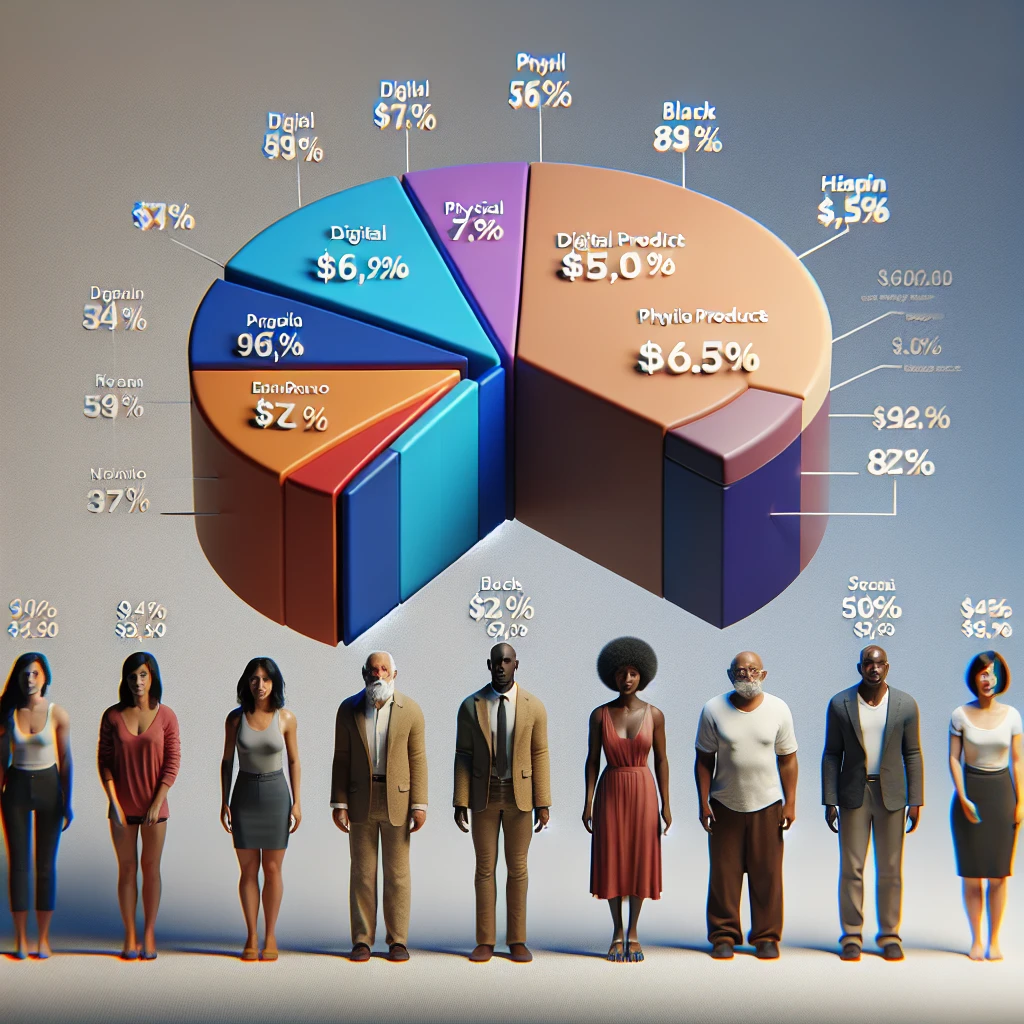Calculating COGS for Physical Products
When diving into the nitty-gritty of Cost of Goods Sold (COGS) for physical products, it's crucial to grasp that this isn't just a simple subtraction game. COGS is the bedrock of your product's profitability, and calculating it accurately involves a deep dive into every cost incurred from production to delivery. Here's how you can break it down:
- Material Costs: Start with the raw materials. Whether it's cotton for clothing or steel for machinery, you need to account for every ounce that goes into your product.
- Labor Costs: Every minute of work, from the factory floor to the final quality check, costs money. This includes direct labor and any outsourced work.
- Manufacturing Overheads: The indirect costs—factory rent, machinery depreciation, and utilities—also form a part of COGS. They might not be as obvious as material or labor costs, but they're just as important.
- Shipping Costs: Once your product is ready, it needs to reach your customer. From freight to packaging, these costs can add up quickly.
Remember, the goal is to capture every expense that's directly tied to the production of your sold goods. For a more detailed exploration, consider reading about inventory management and its impact on COGS. This isn't just about crunching numbers; it's about understanding your product's journey and the financial footprint it leaves behind. By doing so, you'll not only ensure accurate profit margins but also gain insights for strategic decision-making, as discussed in leveraging financial data for your e-commerce business.

Understanding COGS for Digital Products
Switching gears to digital products, the concept of Cost of Goods Sold (COGS) takes on a different hue. Unlike their physical counterparts, digital products don't require raw materials or traditional shipping methods. However, this doesn't mean they're devoid of costs. Understanding COGS for digital goods is pivotal for e-commerce entrepreneurs who want to stay ahead of the game.
- Development Expenses: The inception of a digital product is its development phase. This encompasses everything from coding to graphic design. Labor costs, albeit different in nature, are still a significant part of the equation. The time and expertise invested in creating a software, an app, or an e-book, for instance, translate into development expenses that must be accounted for.
- Hosting Expenses: Once your digital product is ready, it needs a home on the web. Hosting costs, whether you're paying for server space or a cloud service, are recurring expenses that can impact your COGS. These costs can fluctuate based on the scale of your product and the traffic it garners.
Moreover, digital products often require ongoing maintenance and updates, which contribute to COGS in the form of support and development staff wages. Additionally, the cost of digital distribution, such as transaction fees from payment gateways or marketplaces, is also a part of your COGS. These are akin to the shipping costs for physical products, albeit much less in terms of monetary value but significant in terms of the sales process.
It's also essential to consider the cost of licenses for software or royalties for content that may be part of your digital offering. These costs, while not always upfront, can accumulate over time and need to be factored into your product's overall profitability. For a deeper understanding, you might find value in exploring the nuances of accurate revenue recognition for digital goods.
When it comes to digital products, COGS is less about the physical journey and more about the intellectual and technical journey. It's a measure of the value of the resources consumed in the creation and delivery of a digital product. As such, it's a critical component in pricing strategy and financial analysis. Comparing COGS between digital and physical products can offer insights into the unique challenges and advantages of each, which is further discussed in the section on COGS comparison.
COGS Comparison: Impact on Pricing Strategy
When e-commerce businesses evaluate their pricing strategies, the Cost of Goods Sold (COGS) is a fundamental metric that cannot be overlooked. For physical products, COGS includes the sum of all expenses directly tied to the production of the goods sold, from raw materials to labor and overhead. This traditional model provides a relatively clear-cut framework for pricing: the lower the COGS, the higher the potential profit margin.
However, in the realm of digital products, the COGS narrative takes a twist. Digital products, such as software, e-books, or online courses, typically incur costs upfront during the development phase. These costs are often fixed and include:
- Software and hardware expenses
- Design and development labor
- Intellectual property fees
Once the product is created, additional costs are minimal, leading to a significantly different COGS structure compared to physical goods. This difference profoundly impacts pricing strategy:
- Scalability: Digital products offer unparalleled scalability. Once developed, the cost to sell one additional unit is negligible, allowing for aggressive pricing strategies and the potential for high-volume sales at lower prices.
- Market Penetration: With lower incremental costs, digital products can be priced competitively to penetrate the market quickly, a tactic less feasible for physical goods with higher variable costs.
- Profit Margins: The initial high development cost of digital products is offset over time as sales increase, often leading to higher profit margins than physical products, which continually incur manufacturing and shipping expenses.
For physical products, the pricing strategy must account for the ongoing COGS, which can fluctuate with changes in raw material costs, labor charges, and other variables. This requires a more dynamic approach to pricing, often involving:
- Adjustments based on market conditions
- Efficiency improvements to lower production costs
- Strategic sourcing to reduce material expenses
In contrast, digital products enjoy a 'set it and forget it' COGS model after the initial investment, allowing for pricing stability and the opportunity to reap long-term rewards. This fundamental difference in COGS between digital and physical products necessitates distinct pricing strategies that align with the cost structure and market expectations of each category.
The e-commerce space is a battleground where pricing can make or break a business. Understanding the COGS for both digital and physical products is crucial in crafting a pricing strategy that not only covers costs but also maximizes profitability. For a comprehensive analysis of how these strategies play out in real-world scenarios, consider delving into the profit margins of digital versus physical products.







